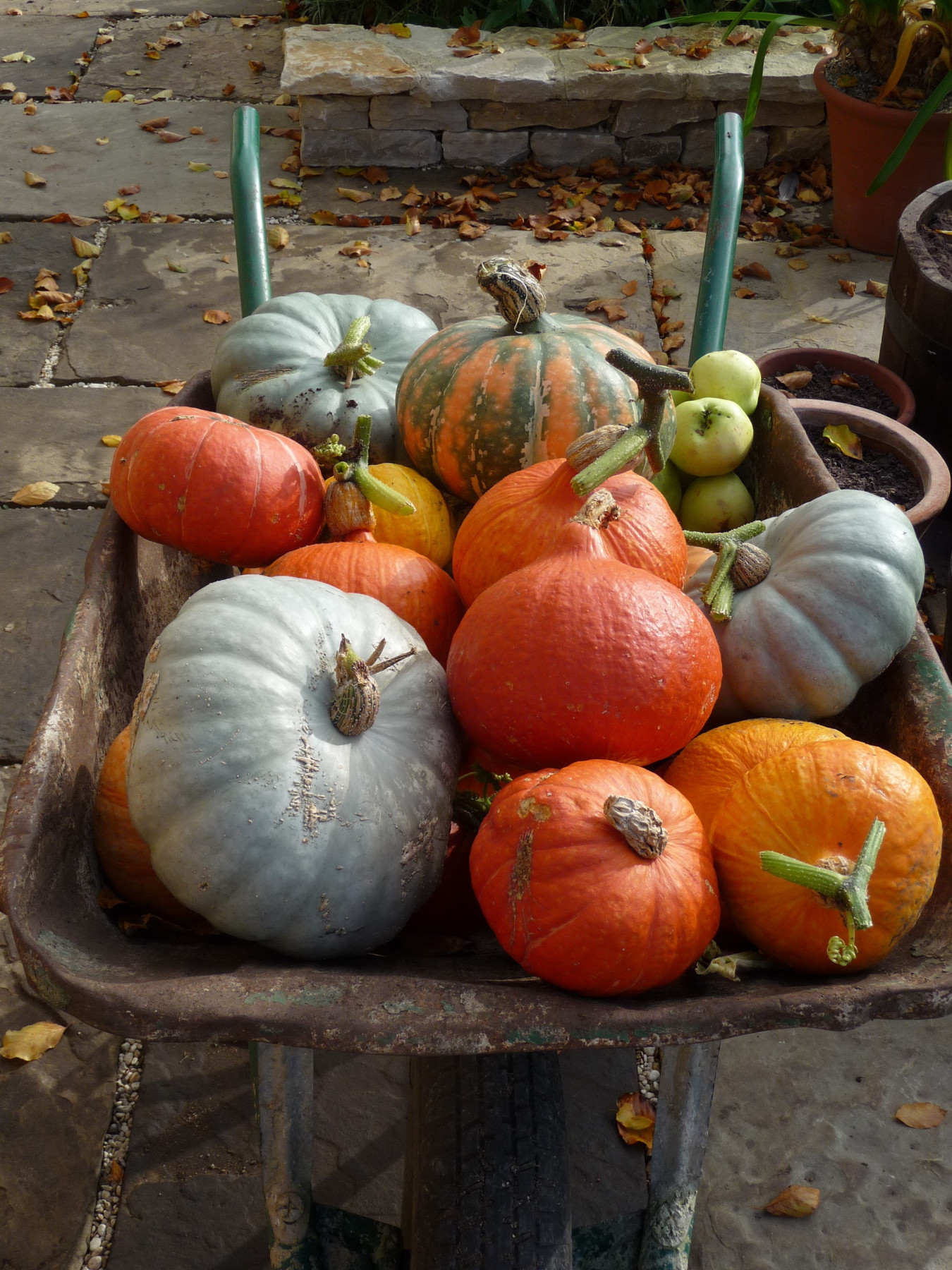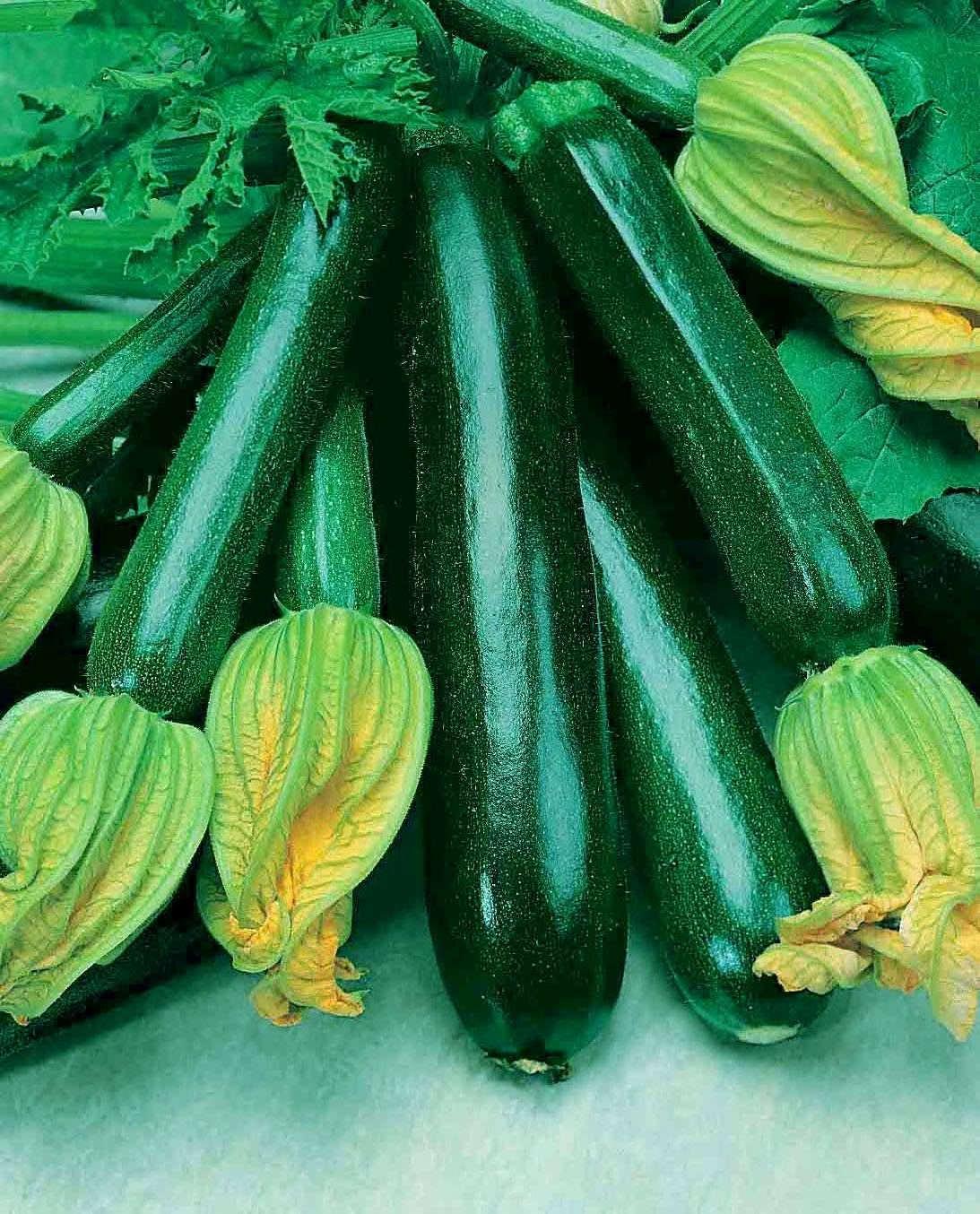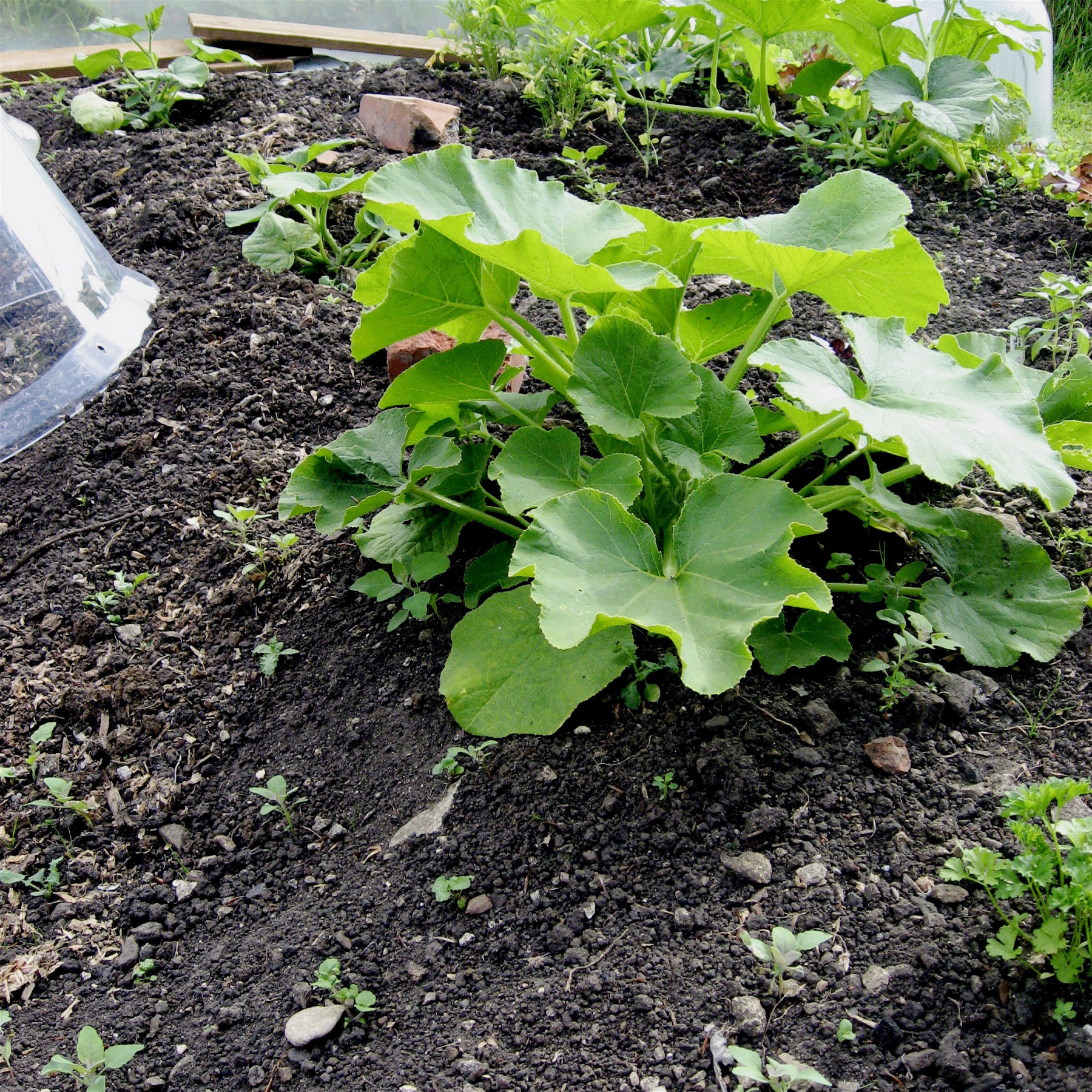
Gardeners are an ebullient lot, because we’re always looking into the rosy future and, at the start of the year, the future’s rosier than ever! We’re enjoying the garden’s renaissance and mostly that’s sheer joy, although occasionally I shed a tear when a lost friend is remembered by a plant. The snowdrop ‘Fieldgate Imp’, named after the late Colin Mason, never fails to move me and it’s later than many, so there’s always a certain anxiety until it pops up. It’s not the fastest either and not all snowdrop ‘multiply exponentially’ as one writer recently wrote, a term I’d never heard before the pandemic.
The arrival of plants is governed by light levels and temperature, so there’s a rhythm of life that keeps gardeners going. We have no sway over what happens: we learn to accept what’s on offer at the time and we know that growing anything will be swings and roundabouts. This ‘come what may’ attitude fosters patience and helps with every walk of life.
The rhythm of the year begins between Christmas and New Year when I winter prune my apple trees and roses on clement days. The leaves need picking up and I currently have four dumpy bags of beech leaves and they will make good leaf litter for spreading in the following November, or the one after that. The pelargonium and plectranthus cuttings, taken at the back end of last summer are rooted and ready to pot up. The pots of agapanthus need their old foliage removing, so that the new shoots can emerge unhindered.
Seed sowing is a spring activity, helped by my Hartley greenhouse, and it’s governed by the vagaries of the British weather. Experience has taught me to wait for warmer nights and not be seduced by those clear, sunny days where temperatures reach 50 – 60 F, that’s up to 15C, before plummeting down to zero at night.
That drop of 15C, between day and night temperatures, stops most spring-sown seeds germinating and that can cause then to rot. Keep all seeds on the dry side, by watering the tray of pot before sowing the seeds – with tap water. After that, do the finger test, and only water again if needed. Try to keep the temperatures as evenly balanced as possible, because seeds like constant temperatures, not extremes.
Some are fussier than others, so I stick to an order of priority. The many hardier annuals I grow, including cosmos, tagetes, antirrhinum, cornflower, calendula and scabious, get sown first because they are so willing to germinate. It will be in March, but I wait on the weather. I try to sow larger seeds straight into modular trays, two at a time, to save that back-breaking job of pricking out. Tiny seeds, like opium poppies, get the same treatment. The merest pinch in each space. I sow lettuces and brassicas in the same way, straight into modular trays, and that saves pricking out. Just thin the seedlings down to one or two.

I will also sow greenhouse crops in March and it begins with tomatoes, peppers and aubergines. I use a heated propagator and almost fill 3-inch (9cm) pots with seed-sowing compost. Tomato seeds are very expensive and you often get less than ten, so it’s important to get it right. Once they germinate, they will get pricked out, held by the seed leaves just as the true leaves appear. Growing your own is so much better than acquiring ready-grown plants from a garden centre, because you can choose your varieties carefully. Most importantly, your plants won’t have been subjected to freezing nights that have blackened the foliage and checked their growth.
Four weeks later I’ll sow the annual seeds that need more warmth, although I have a love-hate affair with zinnias. They fail in my garden, more often than not, because it’s too cold here. Anything with HHA on the packet is April sown because it cannot be planted outside until the fear of frost has passed. That’s the first week of June in the heartlands of England. Cold nights do as much damage as frost, because they check the growth.
The last seeds I sow are members of the cucurbit family, that’s cucumbers, squashes and courgettes. These are left to last because they are extremely frost-tender and one frost kills them. The large, oval seeds rot easily if they are laid horizontally on to the surface of the compost, so mine go into the compost vertically. One seed per pot, with larger seeds. And two per pot with smaller ones.
Winter squash is a must-have because it stores so well, although I fail to grow pale butternut squashes here because the garden’s too cool. My favourite round orange winter squash is ‘Sunshine’, an F1 British-bred variety with the best nutty flavour. I also grow the Japanese onion squash ‘Uchiki Kuri’ and a French variety named ‘Potimarron’. These three chestnut-flavoured orange squashes store well and they’re very nutritious. They add colour to risottos and curries, or they’re good roast in the oven. They also make good soup.
Grey-skinned squashes seem to store the longest of all and their tasty flesh is a good orange colour. ‘Crown Prince’ produces large round fruits, weighing at least 4kg, but slices keep well in the fridge and cold temperatures change the starches to sugar. This also happens with parsnips. King Seeds sell most of these varieties and they also have a new one to them called ‘Bush Baby’, with smaller fruits.

Squashes need space outside, because they roam across the vegetable patch. Ours often cover the ground where the first potatoes have been lifted and we probably get between 4 and 6 fruits per plant. These are planted out in the first week of June, as well-rooted plants. The crop is harvested in autumn, once the stems have gone corky. Then they’re left outside to ripen, stalks down, because the depression caused by the stem can trap water and lead to rotting. They need at least six weeks storage, before being used in the kitchen, in order to develop that nutty, chestnut flavour.
We plant four winter squashes on the allotment and two on the compost heap in the garden. The two on the compost heap get covered with large cloches, to keep them warm at night. Cucurbits seem to photosynthesise at night, so it makes a difference to them. The cloched squashes soon double in size, compared to the un-cloched ones.
Courgettes, which crop well between August and the first frost of the year, are almost too productive! You can have too much of Jamie Oliver’s Courgette Carbonara, although this delicious recipe uses up a quite a lot. I mostly prefer traditional, long varieties with spineless dark-green fruits. They include ‘Defender’, ‘Astia’, ‘Midnight ‘, ‘Tuscany’ and ‘El Greco’. However, the heritage Italian green and yellow variety, ‘Romanesco’, has a delicious nutty flavour.
I’ll also be growing greenhouse cucumbers, which are as different from commercial cucumbers as chalk and cheese. They crop heavily in shadier areas of the greenhouse and there are always two at the back. Seeds are expensive, but an F1 all-female, non-bitter variety is the thing to go for. ‘Carmen’ has an AGM. But shop around for your 4 seeds, which seems to be all you get in a packet. Kings Seeds have the edge on price, as they so often do!



